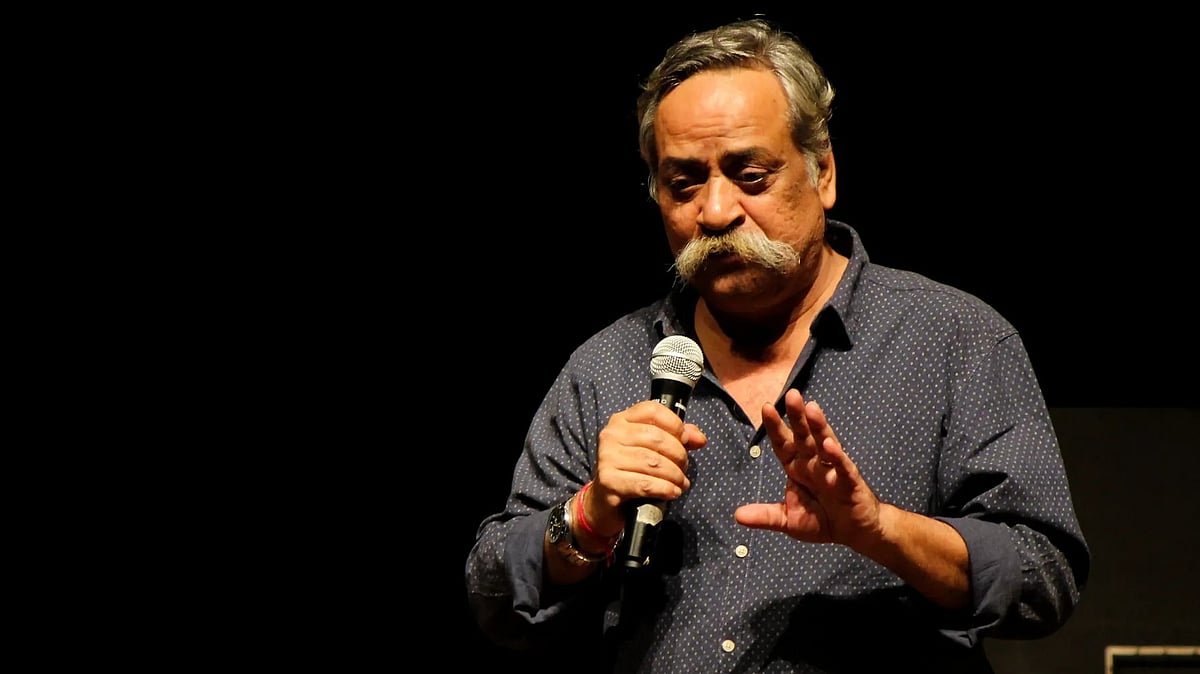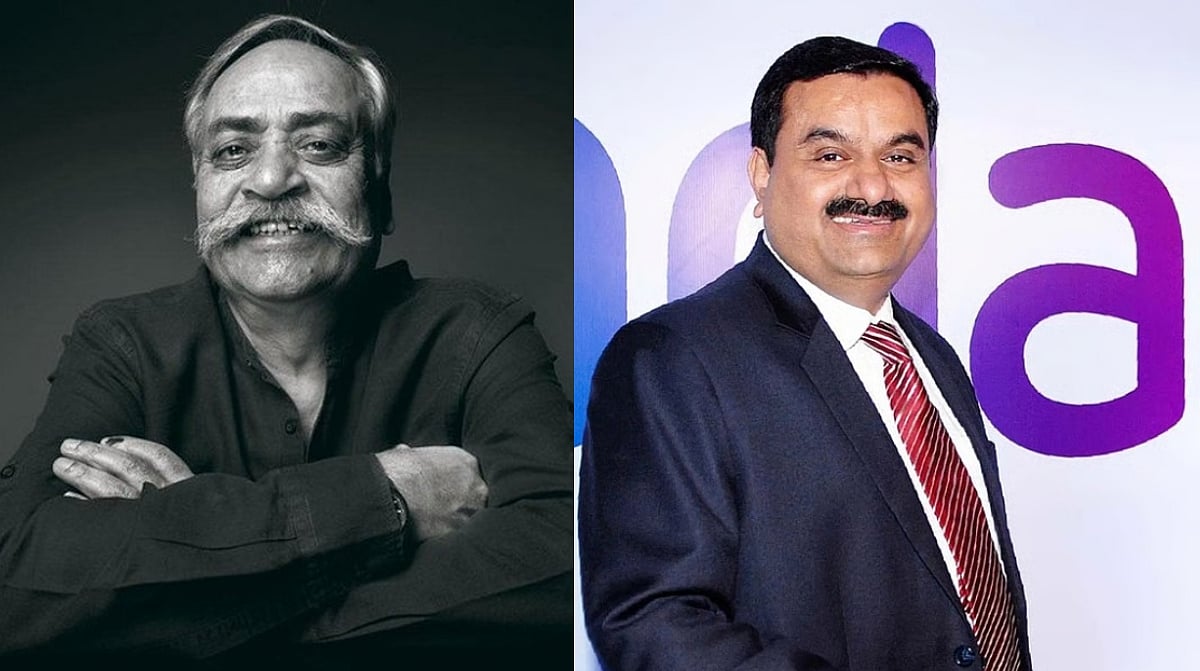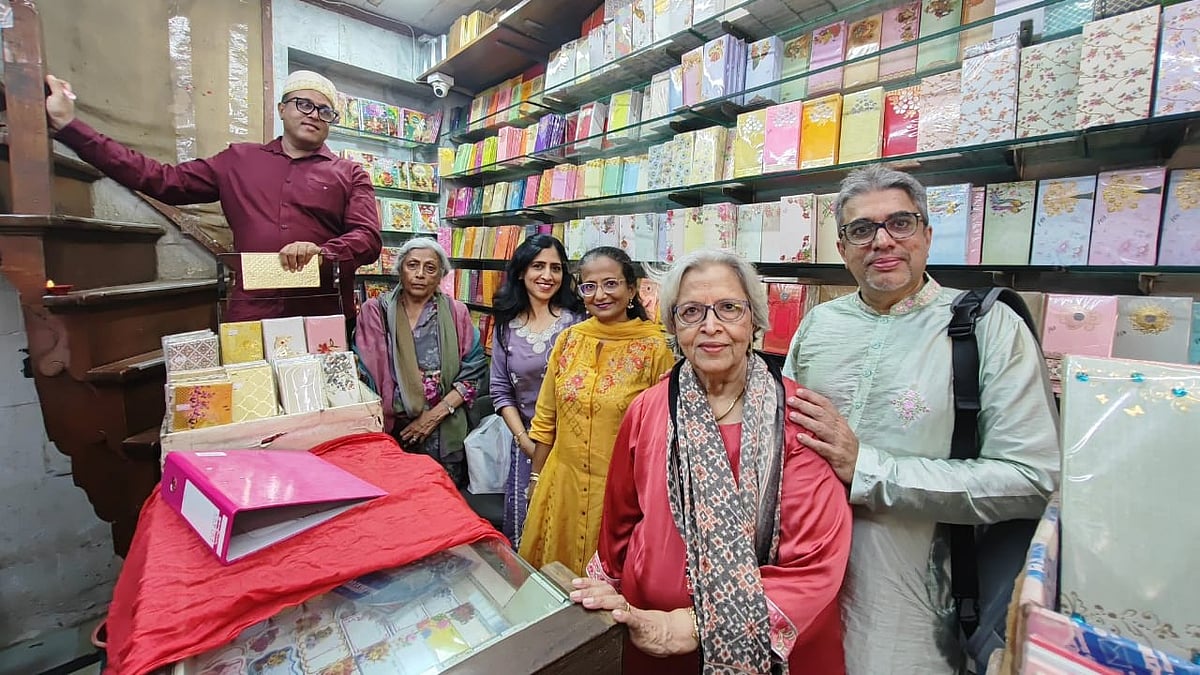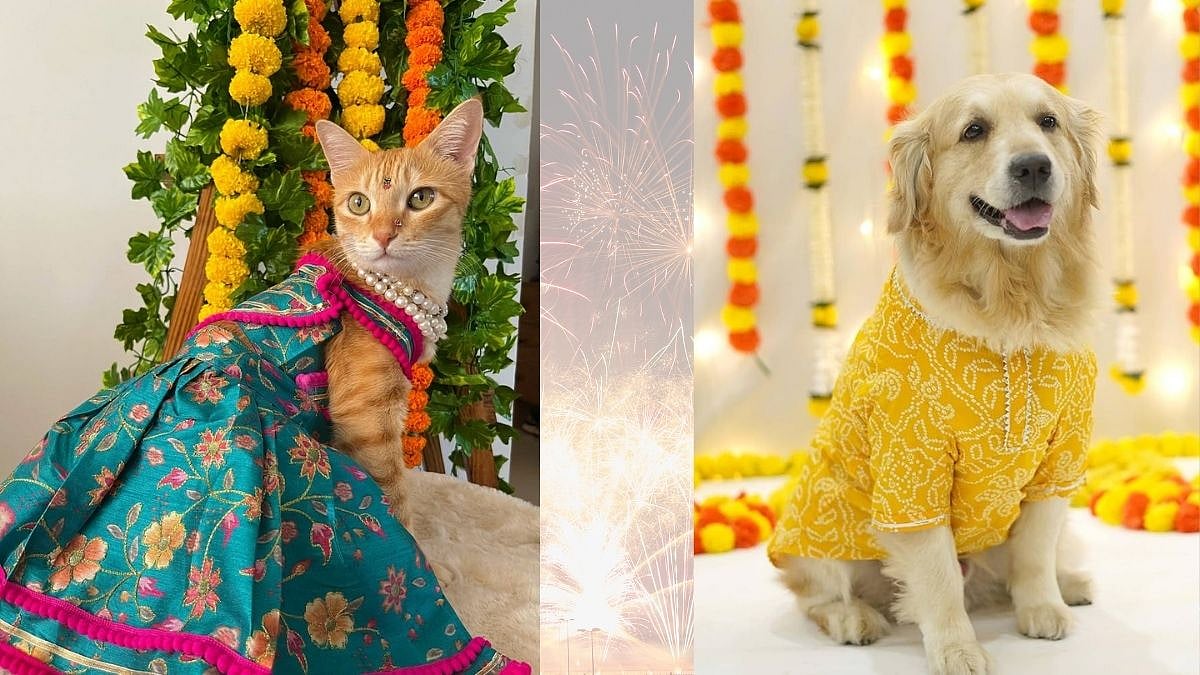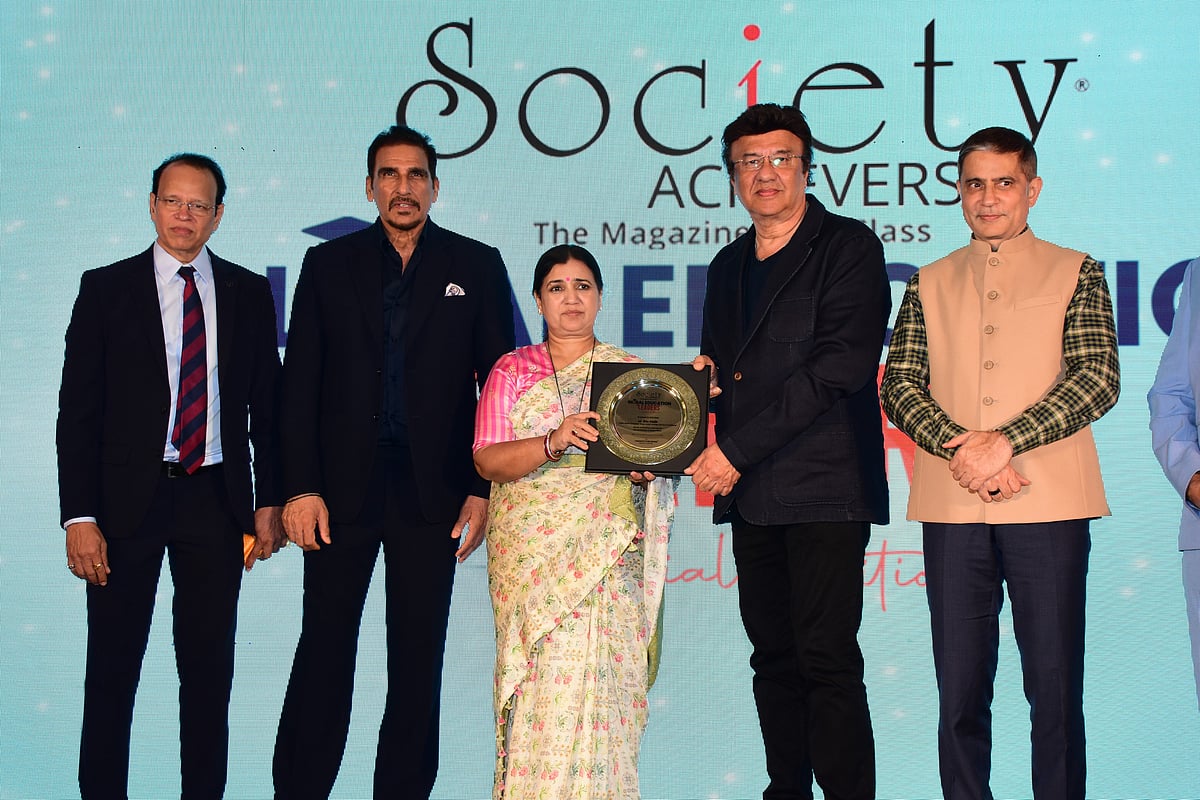Some of India’s greatest musicians have been born in April. Vocalist Bade Ghulam Ali Khan was born on April 2, and Bharat Ratna and sitar maestro Pandit Ravi Shankar’s birth anniversary is on April 7. Great vocalist Kumar Gandharva’s and violinist N. Rajam’s birthday is on April 8, vocal genius Kishori Amonkar’s is on April 10 and sarod legend Ustad Ali Akbar Khan’s is on April 14. Tabla monarch Ustad Alla Rakha and western classical conductor Zubin Mehta share theirs on April 29.
While that makes for interesting coincidence, this year is special for Kumar Gandharva’s fans. The doyen was born in 1924, and thus the year-long centenary celebrations will begin this coming Saturday. A two-day tribute, Kalajayee, is being organised by the Kumar Gandharva Pratisthan, Dewas, at the National Centre for the Performing Arts (NCPA). The performing artistes are flautist Pandit Hariprasad Chaurasia, vocalists Ulhas Kashalkar, Venkatesh Kumar, the maestro’s daughter Kalapini Komkali and his grandson Bhuvanesh Komkali, and sitar player Niladri Kumar. A panel discussion and photo exhibition are also part of the schedule. The celebrations will continue in other cities.
Kumarji, as he was addressed by associates and admirers, was known for both his classical khayal and bhajans. In the latter form, while he composed music based on the work of poet-saints like Tukaram, Tulsidas, Meerabai and Namdeo, he was arguably more known for his rendition of 15th century mystic Sant Kabir, whose Nirguni bhajans consisted of devotional music that wasn’t directed at any specific deity, but at what has loosely been described as the “formless divinity”.
Most fans would be familiar with Kumarji’s affliction with tuberculosis in his early 20s. Born in Sulebhavi in the Belagavi district of Karnataka, he was advised to shift to Dewas in Madhya Pradesh after the diagnosis. There, he became fascinated with the local folk music, and incorporated those elements into the classical music he had been trained in.
The rest, as they say, is history. But with this background in mind, let us look at his work in Nirguni bhajans. In keeping with the nature of this column, I shall recommend some recordings to browse, before talking of Kumar Gandharva’s approach to this form.
An album to begin with is Pandit Kumar Gandharva Sings Nirguni Bhajans, available on streaming platforms. It contains three of his most popular Kabir bhajans — Jhini Jhini Bini Chadariya, ‘vadhoota Kudrat Ki Gat Nyaari and Sunta Hai Guru Gyaani. It also has Aadinath’s Bhola Man Jaane Amar Meri Kaaya. The Saregama album Nirgun Ke Gun contains some memorable Kabir bhajans like Hiran Samajh Boojh, Avadhoota Gagan Ghata and the extraordinary Ud Jaayega Hans Akela, which is also available as a live recording on YouTube. This album also has Gorakhnath’s Guruji Mhare Mhane Dar Laage.
Among the Kabir repertoire, one also finds the bhajans Nirbhay Nirgun Gun Re and Kaun Thagya Nagariya Lutai Ho, where he was joined by his wife Vasundhara Komkali.
What makes Kumarji’s work with Kabir so special? In his biography The Musical Journey Of Kumar Gandharva (Vision Books, 2001), author Raghava R. Menon talks about how the wandering minstrels of Madhya Pradesh spread folk sounds, and how they had an impact on the classical singer. The book says, “It was here that Kumar discovered the difference between bhajan singing and Bhakti sangeet which like a whiplash began to appear in Kumar’s comprehension and understanding of the Nirgun in Kabir bhajans.”

According to Menon, Kumarji was of the belief that bhajan singing was not Bhakti sangeet, and it was not the subject of God in the lyrics of the bhajan that makes it Bhakti sangeet, but the person singing it. The book says, “There is that feral power in Kabir’s warnings that make the poetry leap at you like a tiger springing at its prey. Kumar used this characteristic of Kabir with spellbinding force and power. This is why Kumar is remembered in Bhakti sangeet most through Kabir.”
In this column, we have focused on Kumarji’s Nirguni bhajans, with special emphasis on Kabir. Though they form an important part of his overall repertoire, they comprise only one element of his music. The number of recordings of Hindustani classical raags is phenomenal. His other works include two masterpieces from the Marathi drama Dev Deenaghari Dhavala, namely the songs Uthi Uthi Gopala and Runanubandhachya.
There’s so much more to discover.



